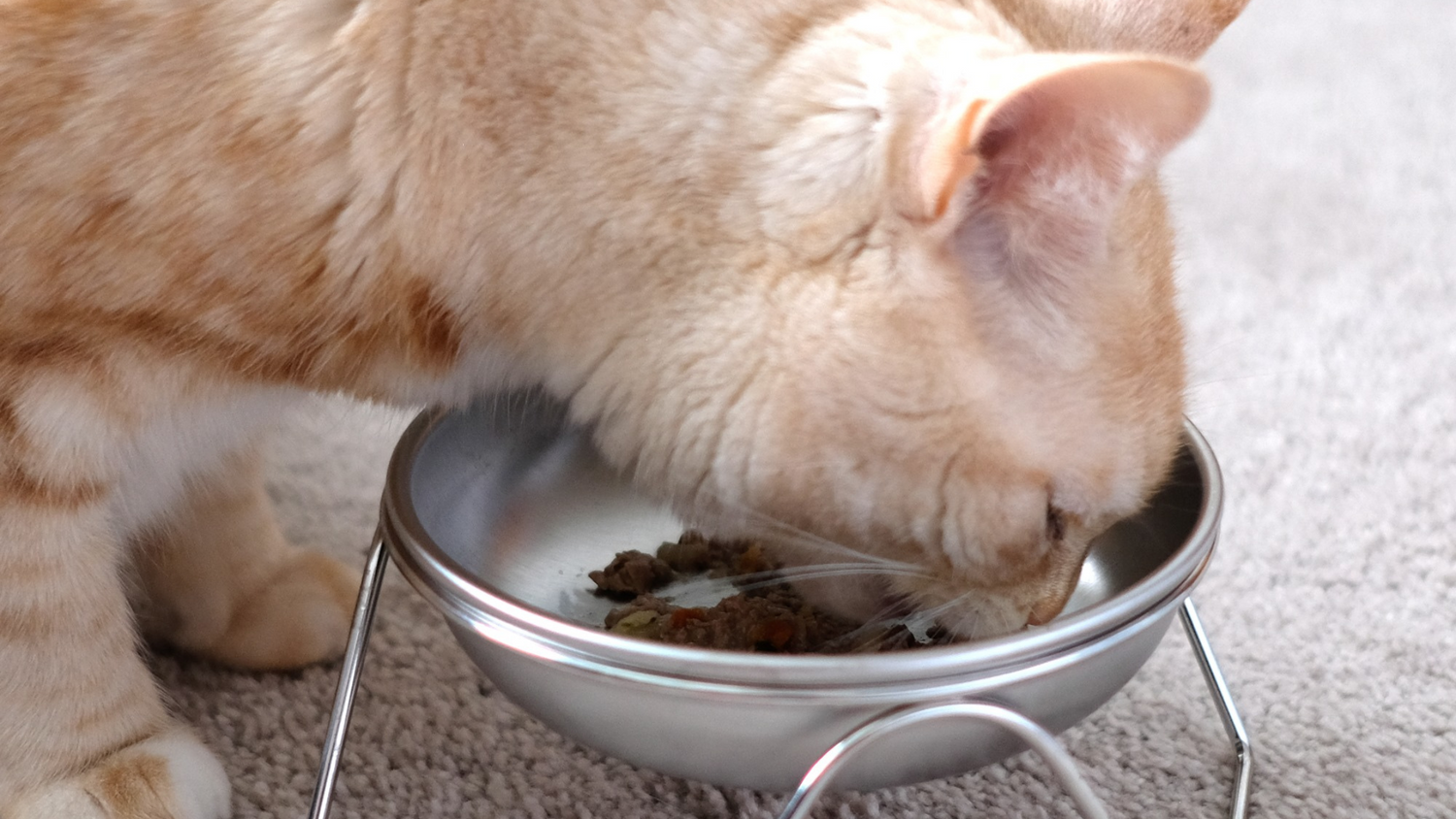Pica is a condition characterized by the persistent and compulsive ingestion of non-food items. While this condition is more commonly associated with humans, it can also affect dogs. Understanding the signs and symptoms of pica in dogs is essential for ensuring the well-being of our furry friends.
Signs and Symptoms
There are several signs and symptoms that may indicate pica in dogs. These include:
- Consumption of non-food items: Dogs with pica may regularly ingest items such as rocks, dirt, plastic, fabric, or even feces.
- Compulsive behavior: Dogs with pica may exhibit compulsive behaviors such as licking or chewing on non-food items.
- Digestive issues: Ingesting non-food items can lead to digestive problems such as vomiting, diarrhea, or intestinal blockages.
- Changes in appetite: Some dogs with pica may experience changes in their appetite, either eating an excessive amount or refusing to eat altogether.
- Behavioral changes: Dogs with pica may display changes in their behavior, such as anxiety, restlessness, or irritability.
Causes of Pica in Dogs
There are several potential causes of pica in dogs, including:
- Nutritional deficiencies: Dogs may engage in pica behavior to compensate for nutritional deficiencies in their diet.
- Medical conditions: Underlying medical conditions such as gastrointestinal disorders, endocrine imbalances, or neurological disorders can contribute to pica in dogs.
- Behavioral issues: Dogs may develop pica as a result of stress, anxiety, or boredom.
- Environmental factors: Some dogs may be more prone to pica due to their environment, such as living in a stressful or chaotic household.
Diagnosis and Treatment
If you suspect that your dog may be suffering from pica, it is important to seek veterinary care for a thorough evaluation. The veterinarian will perform a physical examination and may recommend diagnostic tests such as blood work, urinalysis, and imaging studies to identify any underlying medical conditions that may be contributing to the pica behavior.
Treatment for pica in dogs will depend on the underlying cause. This may include dietary changes to address nutritional deficiencies, medication to manage any medical conditions, behavior modification techniques to address compulsive behaviors, and environmental modifications to reduce stress and anxiety.
Preventing Pica in Dogs
There are several steps that pet owners can take to help prevent pica in dogs:
- Provide a balanced diet: Ensure that your dog’s diet is nutritionally balanced to prevent the development of nutritional deficiencies.
- Supervise your dog: Keep a close eye on your dog when outdoors to prevent them from ingesting non-food items.
- Keep non-food items out of reach: Store household items such as socks, clothing, and children’s toys away from your dog’s reach.
- Provide mental and physical stimulation: Engage your dog in regular exercise and provide them with interactive toys to keep them mentally stimulated and reduce boredom.
- Address underlying medical conditions: If your dog is diagnosed with an underlying medical condition, work with your veterinarian to manage and treat the condition effectively.
Conclusion
Recognizing the signs and symptoms of pica in dogs is essential for early intervention and treatment. By understanding the potential causes and taking proactive steps to prevent pica, pet owners can help ensure the health and well-being of their beloved canine companions.
FAQs
1. Can pica in dogs be dangerous?
Yes, pica in dogs can be dangerous, as the ingestion of non-food items can lead to digestive issues and intestinal blockages, which may require surgical intervention.
2. Is pica in dogs a sign of behavioral problems?
Pica in dogs can be a sign of underlying medical conditions, nutritional deficiencies, or behavioral issues. It is important to work with a veterinarian to determine the underlying cause and develop an appropriate treatment plan.
3. Can pica in dogs be treated?
Yes, pica in dogs can be treated. Treatment may include addressing underlying medical conditions, making dietary changes, implementing behavior modification techniques, and providing environmental enrichment to reduce stress and anxiety.
pica dog symptoms
Pica in dogs is a condition where the animals eat non-food items such as rocks, plastic, paper, or metal. It can be caused by a variety of underlying health issues or behavioral problems. Recognizing the signs and symptoms of pica in dogs is crucial in order to seek appropriate treatment and prevent serious health risks.
One common sign of pica in dogs is the ingestion of non-food items. If you notice your dog chewing or swallowing objects that are not meant to be eaten, it is important to seek veterinary assistance. Other signs may include vomiting, diarrhea, constipation, or signs of discomfort.
In some cases, pica in dogs may be a behavioral issue. The dog may be seeking attention, experiencing anxiety, or trying to alleviate boredom. If your dog is acting out of the ordinary and displaying unusual eating habits, it is important to consult with a professional to address any underlying behavioral issues.
Furthermore, certain health conditions may contribute to pica in dogs. Nutritional deficiencies, gastrointestinal problems, or metabolic disorders can lead to abnormal eating behaviors. It is important to monitor your dog’s overall health and seek veterinary advice if you notice any concerning symptoms.
It is crucial to keep non-food items out of reach of your dog in order to prevent pica. Providing appropriate chew toys, stimulation, and mental enrichment can also help prevent pica in dogs. Additionally, feeding your dog a balanced and nutritious diet can help address any potential nutritional deficiencies that may contribute to abnormal eating behaviors.
If you suspect your dog may have pica, it is important to consult with a veterinarian as soon as possible. They can perform a thorough examination and run diagnostic tests to determine the underlying cause of the behavior. Treatment options may include dietary changes, medication, behavioral therapy, or environmental modifications to prevent access to non-food items.
In conclusion, recognizing the signs and symptoms of pica in dogs is essential in order to address any potential health or behavioral issues. By seeking veterinary advice and providing appropriate care, it is possible to manage pica in dogs and prevent serious health risks associated with this condition. pica dog symptoms








